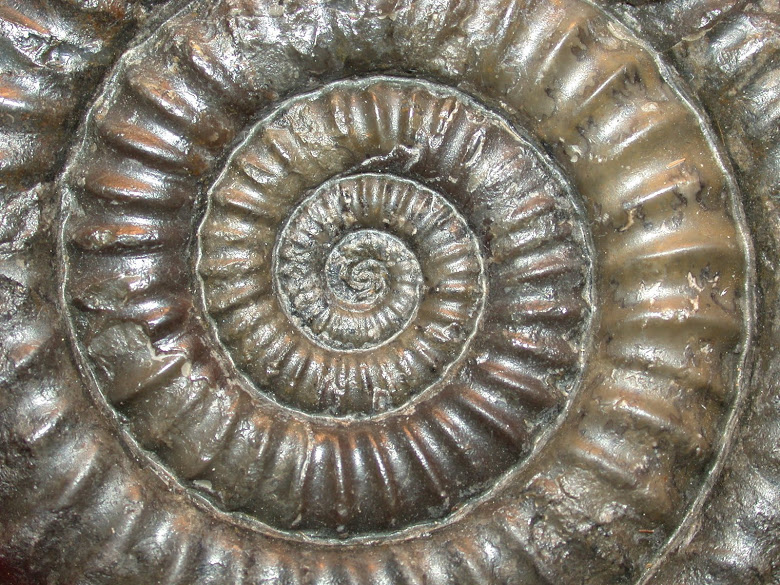 We have these coiled cephalopods to thank for the naming of the compound ammonia, NH3, the simplest pnictogen hydride, a colorless gas with a distinctive pungent smell. Ammonites were a group of hugely successful aquatic molluscs that looked like the still extant Nautilus, a coiled shellfish that lives off the southern coast of Asia.
We have these coiled cephalopods to thank for the naming of the compound ammonia, NH3, the simplest pnictogen hydride, a colorless gas with a distinctive pungent smell. Ammonites were a group of hugely successful aquatic molluscs that looked like the still extant Nautilus, a coiled shellfish that lives off the southern coast of Asia.While the Nautilus lived on, ammonites graced our waters from around 400 million years ago until the end of the Cretaceous, 65 million years.
Varying in size from millimeters to meters across, ammonites are prized as both works of art and index fossils helping us date rock. The ammonites were cousins in the Class Cephalopoda, meaning "head-footed," closely related to modern squid, cuttlefish and octopus. Cephalopods have a complex eye structure and swim rapidly.
Ammonites used these evolutionary benefits to their advantage, making them successful marine predators. Ammonites cruised our ancient seas expertly capturing prey with their dexterous tentacles. Picture a hungry fellow at a smörgåsbord with just a dash of crazy. Now add water.






Comments